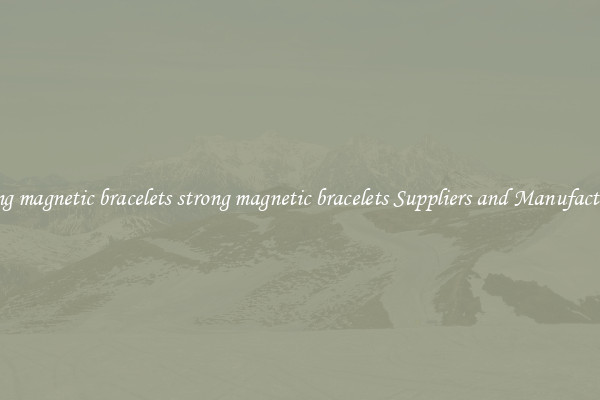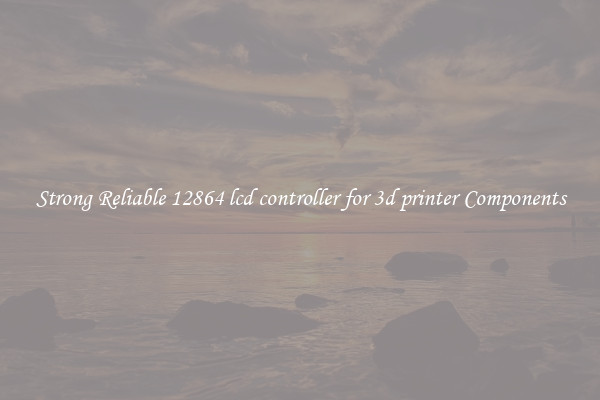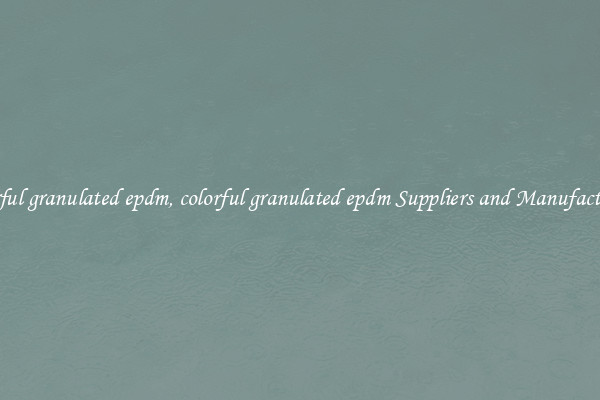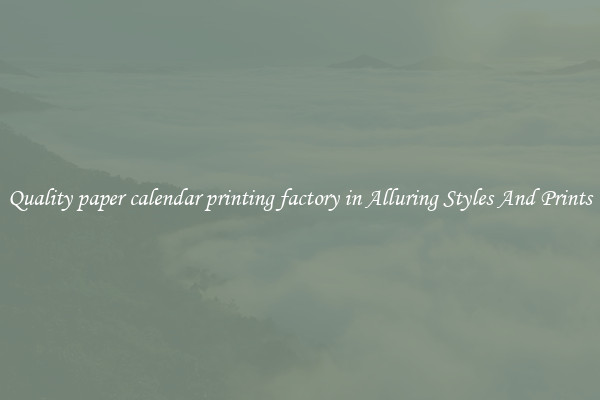Strong new survival tools For Fabrication Possibilities
In recent years, advancements in technology have revolutionized the field of fabrication, providing engineers and designers with new and powerful tools to create innovative products and structures. One of the most exciting developments in this area is the introduction of strong new survival tools that offer unprecedented possibilities for fabrication.
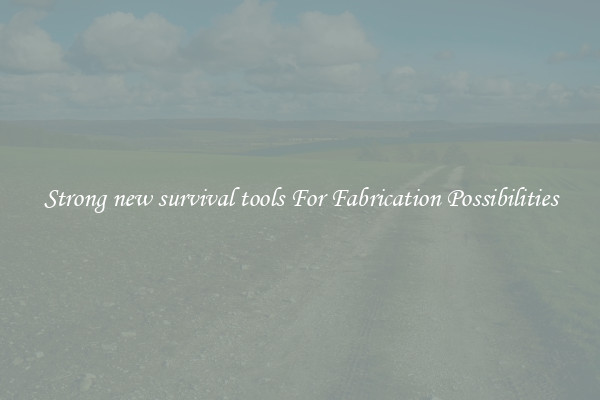
One such tool is the plasma cutter, which uses a high-temperature plasma arc to cut through metal with precision and accuracy. This tool is ideal for cutting through thick sheets of metal, making it a valuable asset for a wide range of fabrication projects. With a plasma cutter, engineers and designers can easily create intricate and complex shapes, allowing for greater creativity and customization in their designs.
Another valuable survival tool for fabrication is the waterjet cutter, which uses a high-pressure stream of water mixed with abrasive particles to cut through a variety of materials, including metal, stone, and glass. This tool is ideal for cutting through materials that are difficult to machine or shape using traditional methods, making it an invaluable tool for designers looking to push the boundaries of what is possible in fabrication.
In addition to cutting tools, new advancements in 3D printing technology have also opened up exciting possibilities for fabrication. 3D printers allow designers to create complex, three-dimensional objects layer by layer, using a wide range of materials, including plastics, metals, and even ceramics. This technology has the potential to revolutionize the way products are designed and manufactured, as it allows for greater customization and flexibility in the fabrication process.
These strong new survival tools for fabrication are not only powerful and versatile but also more accessible than ever before. With the rise of digital fabrication technologies, such as CNC machining and 3D printing, designers and engineers can now create custom parts and prototypes in a fraction of the time and cost it would take using traditional methods. This has the potential to transform the way products are designed and manufactured, allowing for greater innovation and creativity in the field of fabrication.
In conclusion, the introduction of strong new survival tools for fabrication has opened up a world of possibilities for designers and engineers looking to create innovative products and structures. From cutting tools like plasma and waterjet cutters to advanced 3D printing technology, these tools offer unprecedented capabilities for creating custom parts and prototypes. As these technologies continue to evolve, we can expect to see even more exciting advancements in the field of fabrication, pushing the boundaries of what is possible in design and manufacturing.

View details

View details
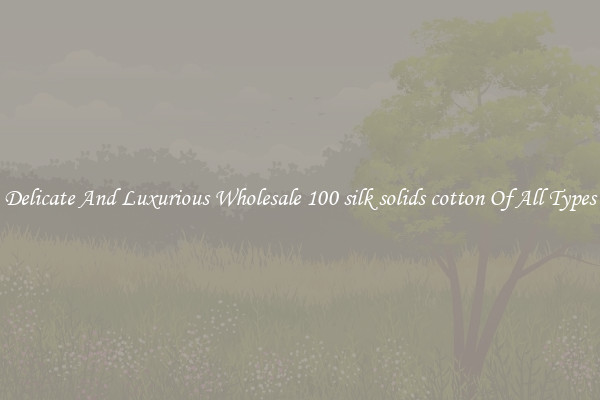
View details

View details

